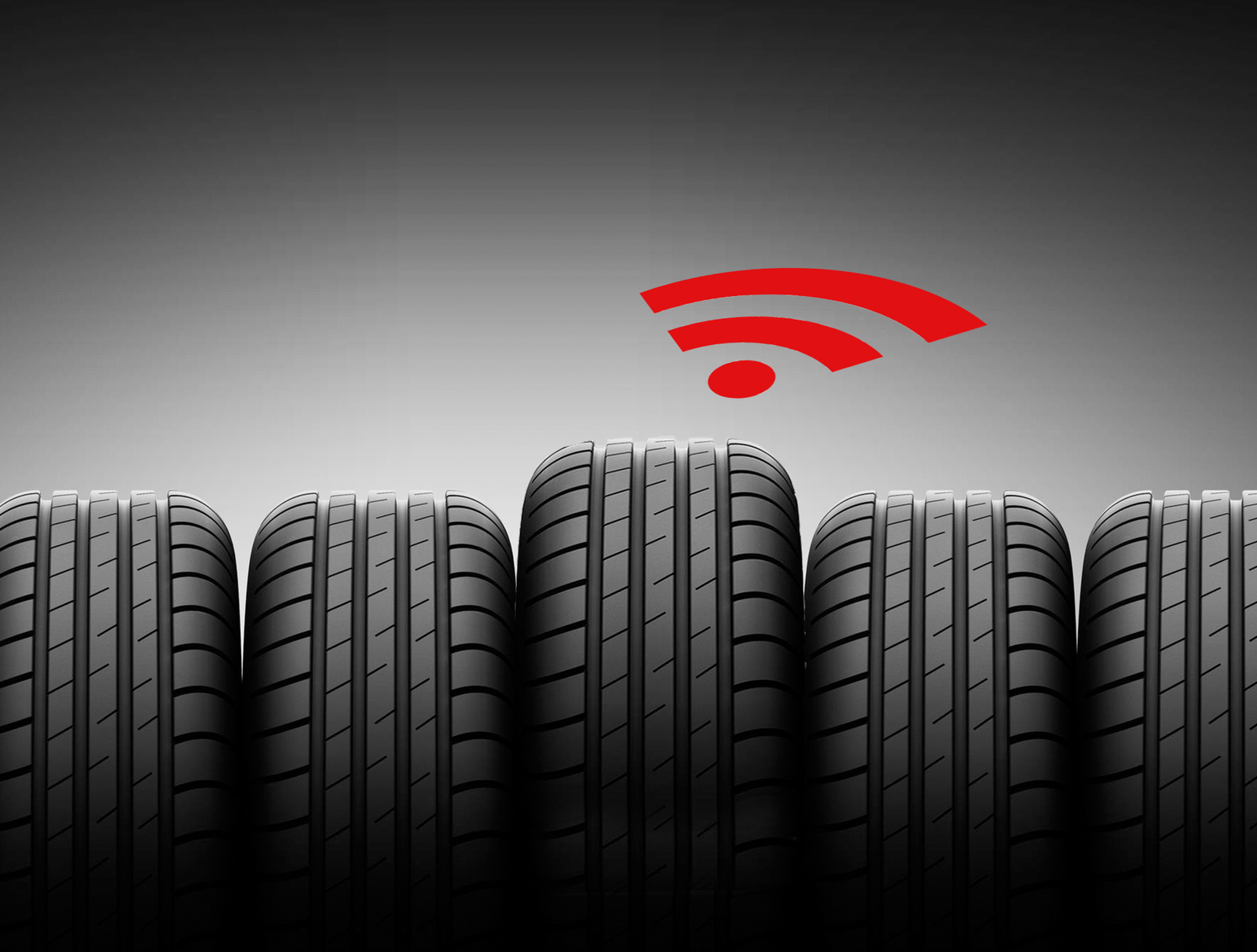Bridgestone, one of the world’s leading tyre producers, plans to produce radio-tagged tyres in 2024 to help lower the carbon footprint of its commercial vehicle tyre line. Tires on vehicles such as lorries and buses will be linked to a cloud-based system that will assist clients in maximizing tyre lifespan and minimizing carbon footprints.

Bridgestone will begin by installing the tags on retreaded tyres for trucks and buses by the end of 2022, with a concentration on U.S. and European logistics companies who need to manage big fleets of vehicles. However, due to a current chip scarcity affecting radio frequency identification (RFID) tags, the implementation may be slower than expected.
Bridgestone also intends to establish additional lines in Japan and the rest of Asia to manufacture RFID-tagged tyres beginning in 2024. They want to employ these new tyres exclusively for trucks and buses in Japan, the United States, and Europe by 2030, with plans to ultimately sell RFID-tagged tyres for passenger vehicle tyres as well.

Tirematics, a comparable service presently offered by the firm, monitors tyre pressures and temperatures across customer fleets using sensors on the wheels. By equipping the tyres with RFID tags, the corporation will, now be able to automatically identify and monitor each tyre at repair hubs and other facilities.
Some of the benefits of the new system include the ability for customers to alter the pressure of individual tyres to increase fuel efficiency and retread them at the ideal moment to extend their lifespan.

When a commercial tyre becomes too thin, it cannot be retread and must be replaced totally. Retreading a tyre twice reduces carbon emissions by half and uses half the materials as replacing it twice.
According to the Japan Automobile Tyre Manufacturers Association, tyre performance and maintenance may affect 26% of commercial vehicle carbon emissions and 18% of passenger vehicle carbon emissions.
Reference- asia.nikkei.com, Bridgestone website, Clean Technica, Inside EVs






